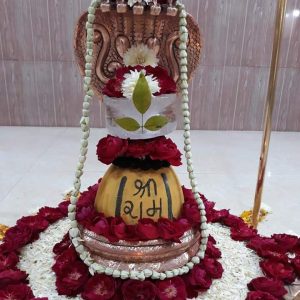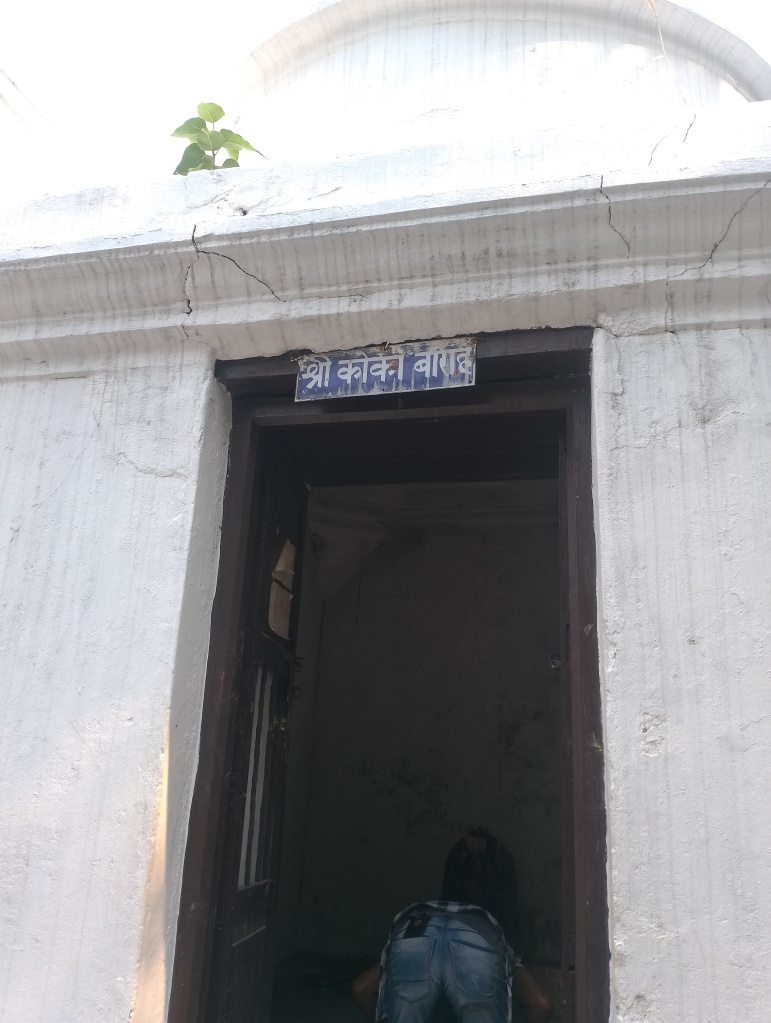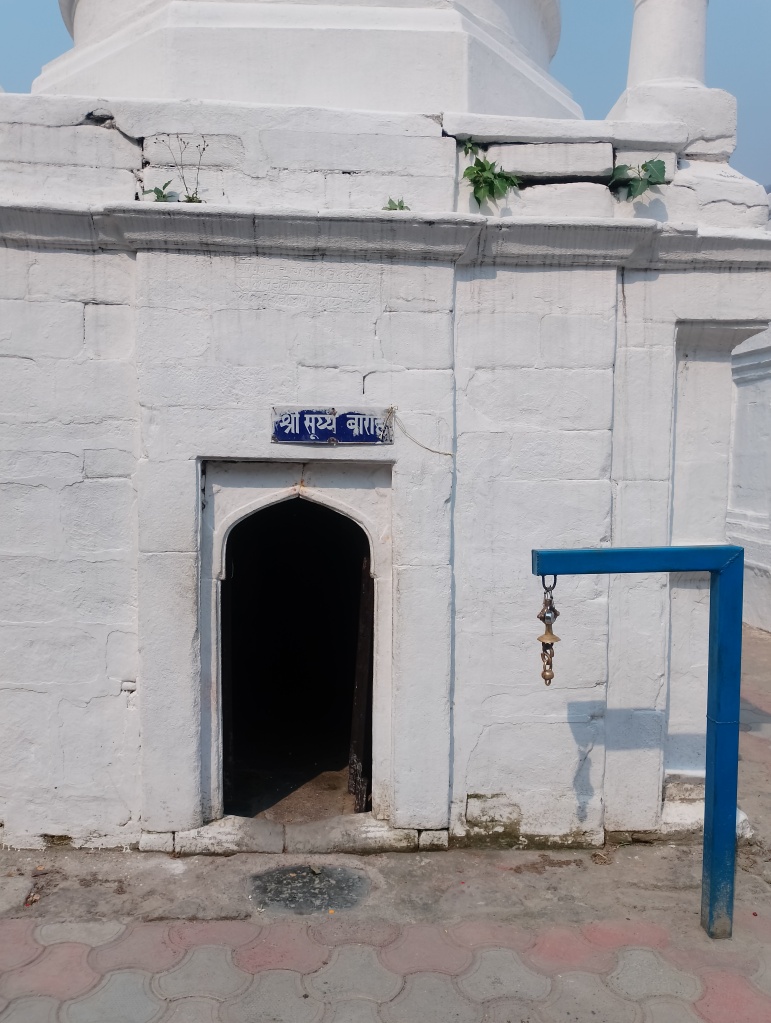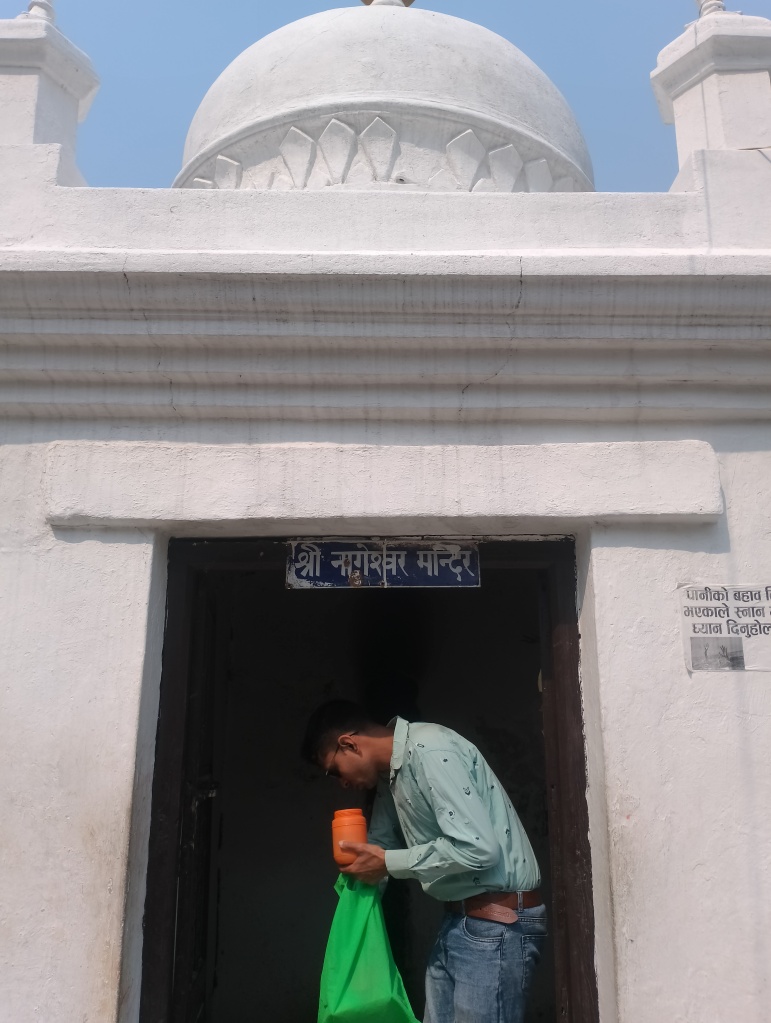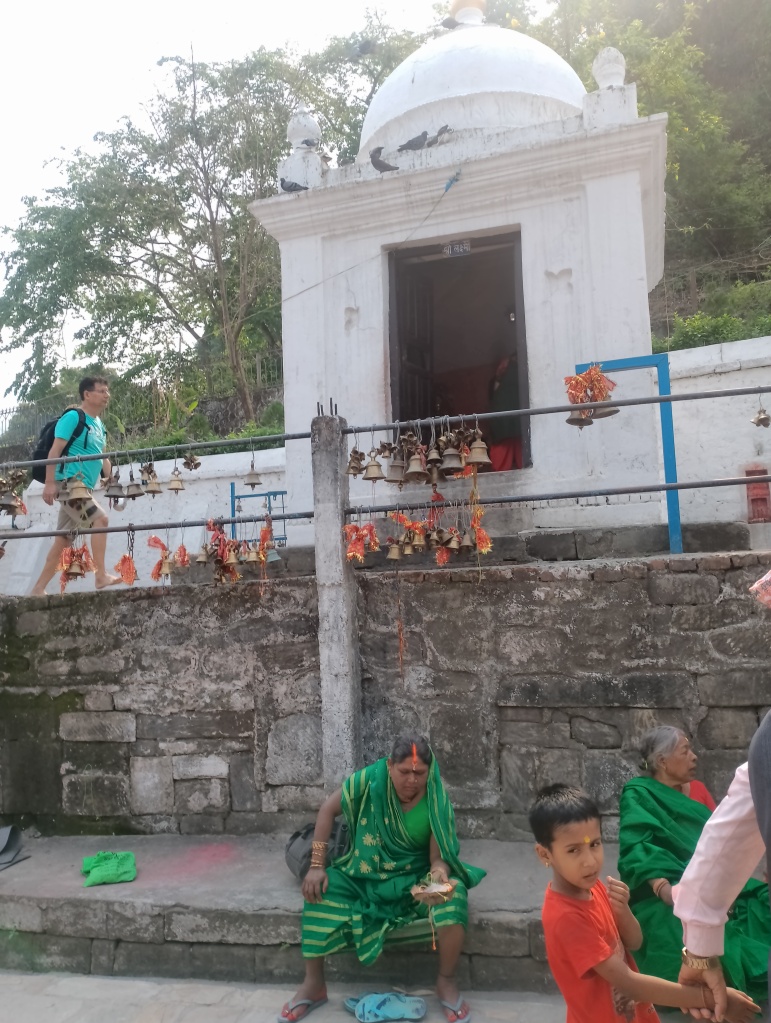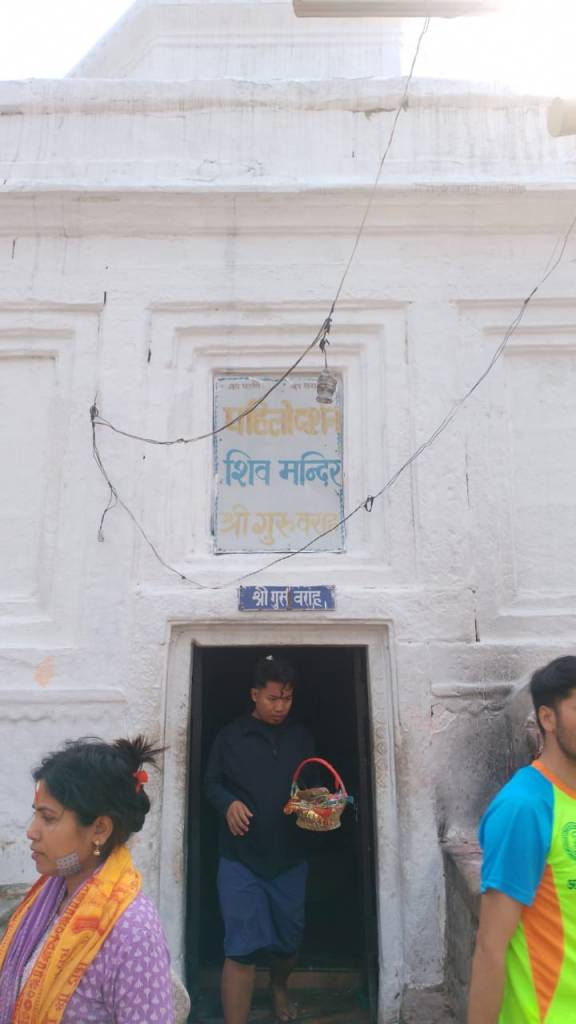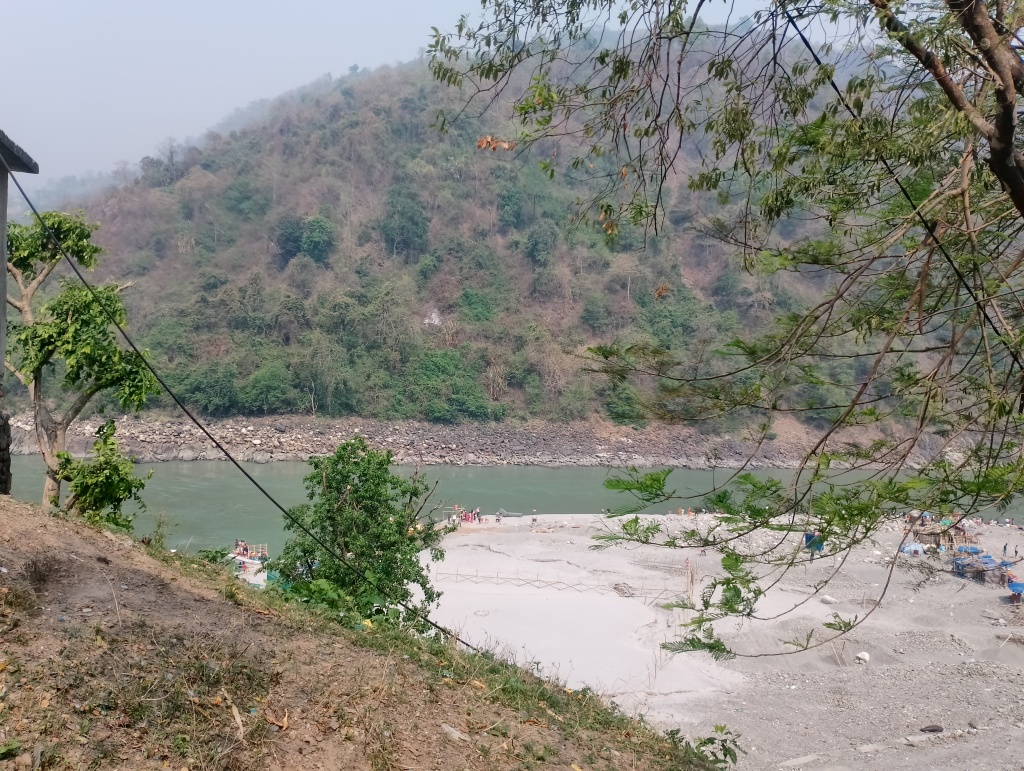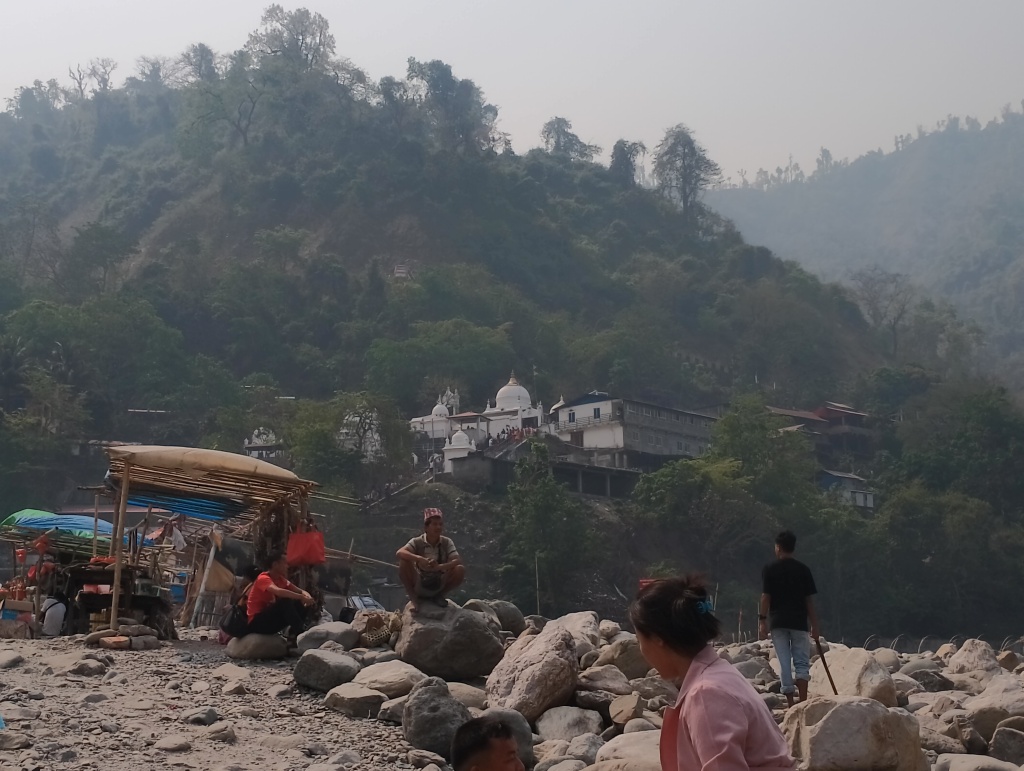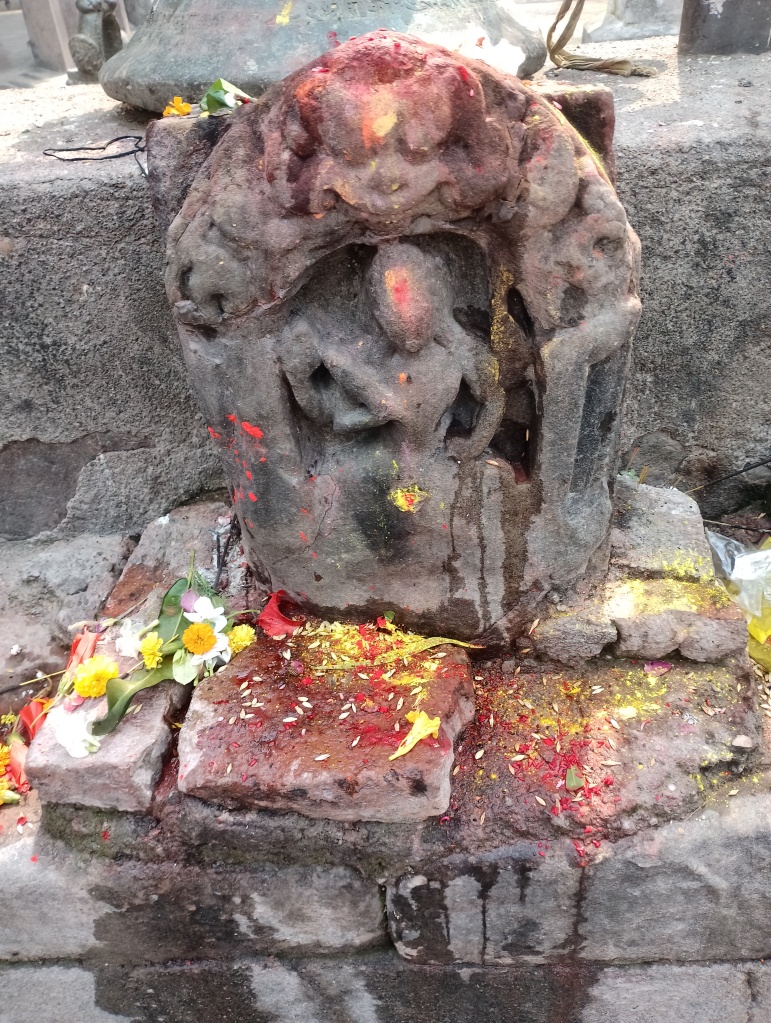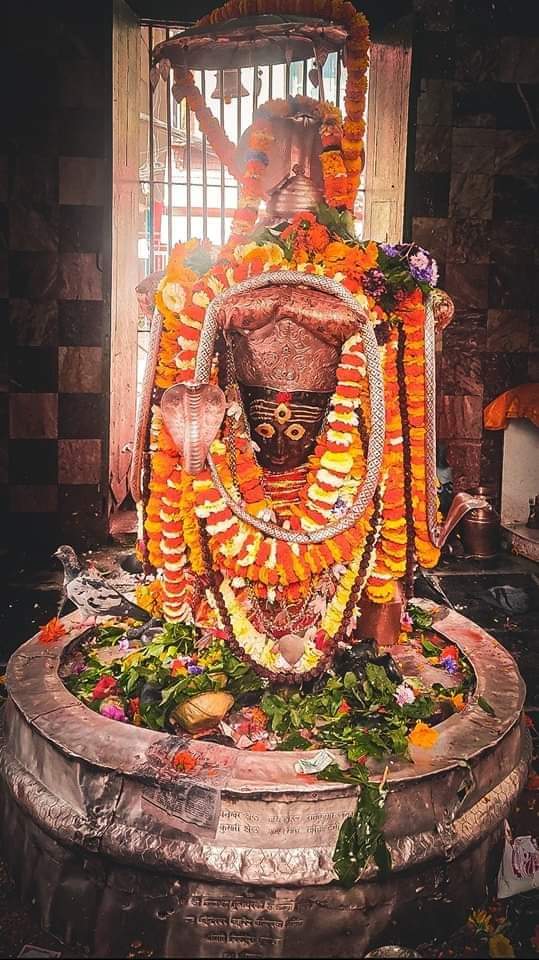Drawn from Swami Saccidananda Saraswati’s পুরশ্চরণ-প্রদীপ. One important thing is that the basic rules are to be guided by one’s own guru.
Yamas are 10fold
(1)ahiMsA(2)satya(3)achaurya(4)brahmacharya(5)dayA(6)saralatA(7)kShamA(8)dhairya(9)mitAhAra(10)shaucha
According to shrI sadAshiva in the AdiyAmala the yamas are sixfold (1)shAnti(2)santosha(3)mitabhojana or bhojana hrAsa(reduction in food) (4) reduction in sleep (5) control of the chitta (6) shunyatA and purity of the antahkaraNa
niyamas are according to ArSeyavAkya (1)tapasyA (2)getting what you want ayAchita and being satisfied with it (3)Astikyam or belief in Ishvara and the vedas and the tantras (4) dAna (5) devapUjA (6)shAstra-siddhAnta-shravaNa,manana and nidhidhyAsana or one-pointed vidhAra and meditation on its meanin(7)to shrink from kukarmas(8)Intellect or shraddhA in anuShThAnas as prescribed by shAstra (9) japa (10) vratas or homAdi kAryas
According to the shrI sadAshiva in the AdiyAmala the niyamas are sixfold as well
(1)chApalya-tyAga(2)manaHsthairya(3)vAsanA-vairAgya or udAsInatA born from unceasing meditation on one’s iShTaguru(4)being devoid of laukika(non-daiva) ambitions in all aspects(5)contentment with what one has(6)ekAgratA to parameshvara.
For a purashcharaNakArin,these yamas and niyamas are always to be followed,else it becomes something to be shown to the world vainly.
During purascharaNa,all sexuality is to be abandoned. maithuna is defined by dakSha and others to be eightfold. smaraNaM kIrtanaM keliH sparShaNaM guhyabhAShaNaM| sa~Nkalpo’dhyavasAyashcha kriyA nivR^ittirevcha|| etanmaithunamaShTA~NgaM pravandanti maniShinaH| viparItaM brahmacharyamanuStheyaM mumukShubhiH|| ie,thinking of anything sexual,discussing anything about it,playing or touching,talking secretly about it,thinking about having sex and trying for it and having it are the eight forms of maithuna which have to be given up during purvasevA of mantras. As the author ultimately said যাহাতে পেট বেশ ঠান্ডা মস্তিষ্ক তাল এবং প্রাণে উদ্যম ও মনে প্রফুল্লতা সদা বিদ্যমান থাকে,তাহাই করিতে হইবে। পূর্বকথিত সকল বিধি নিষেধের উদ্দেশ্য ও তাই। সুতরাং বিচক্ষণ ব্যক্তি বেশ বিচার বিবেচনা কোরিয়া সাধ্যমতো আহার বিহারাদি বিষয়ে নিজ কর্তব্য নিশ্চয় করিয়া লইবে।
Food cooked by others is banned. The author cites the kulArNava in translation stating that the annadAtA of the sAdhaka gets half the phala the sadhaka is doing from the sAdhaka and through parAnnabhojana the tongue is burnt,through pratigraha the hand is burnt and through kAma(sexuality) the mind is burnt and the sAdhaka does not ever attain siddhi. For a sAdhaka who is living through bhIkShA,the bhIkShA he gets ayAchita,there is no fault in that. If he does not get it,then any nearby sajjana who is nearby,from him he can ask anna. He should get it from a vaidika/sanAtana dharmAchArin pure-hearted,lakShmImanta,from a sat-kula or from a good brAhmaNa or a sAdhu vyakti and not from others. He also mentions that those who take too much bhIkShA,they will never attain siddhi in a hundred kalpas. One should make one’s AhAravyavasthA within two kroshas of the sthAna one is about to do purashcharaNa in.
One must not do purashcharaNa in an impure hand,nude state,which results in destruction of phala. Or withotu an Asana,or lying down,or while eating,or with an agitated/distracted/intently-engaged-in-something-else mind,in an angry,confused or afflicted by hunger,or in an inauspicious place,a house covered with darkness,a place where bundles or shoes or kept,on yaj~nakAShThas,stone or soil,on a high/very rich Asana,or with one’s feet wide apart one must not do japa. If during japa,any cat,cock,crane,evil minded person, or monkey or ass is seen one must do Achamana.
During japa one must not utter other sounds. If one carelessly does utter it,one should utter the praNava and start the japa again. If one speaks accidentally Persian or any other ‘yAvanika'(non-Sanskritic/un-Hindu) words one should do a prANAyAma and start the japa again. If one utters many sentences,then one does Achamana and a~NganyAsa and restarts the japa. If one sneezes or touches things not to be touched,then one does Achamana etc karmas.
During japa,one must give up Alasya(laziness),or jR^imbhana(yawming),sleep,inactivity(drowsiness),sneezing,spitting,touching one’s body parts below the navel and giving up anger,etc.
12 vidhis that aid in mantrasiddhi
(1)bhUshayyA(sleeping on the floor) (2)brahmachAritva(celibacy) (3)maunAvalamba(observing silence)(4)guru/AchAryasevA(5) nitya yathAvidhi snAna(snAna in whatever vidhi possible) (6) pUjA (7) dAna or tyAgecchA (8) svasti-vandanA of the guru and deity (9) naimittika pUjAs (10) dR^iDha vishvAsa in the guru and the deity (11) niShThA in the japayaj~na (12) giving up sneezing,yawning etc kShudrakarmas :All these are the advice of shiva.
Will note more when more time is there…
